Madrid’s biggest festival
The best thing about springtime in Madrid is the Fiestas de San Isidro. On the days running up to May 15 every year, Madrileños sport red carnations and don the colourful clothing of the chulapo and chulapa to celebrate the occasion. The festival goes on for over a week with drinking and dancing in squares and parks across the city. But who was Saint Isidro and how did this local festival evolve?

Bag of bones
In the church of San Isidro lie the embalmed remains of Madrid’s most famous patron saint, Isidro the Labourer. This varnished bag of bones lying on a bed of white satin, his modesty covered by a flag embroidered with the city’s heraldry, is not doing too badly considering it’s been over 1,000 years since he kicked the bucket. Details are sketchy but the saint is thought to have lived and died between 1070 to 1130. If this is the case, he will have witnessed the Christian invasion of the Muslim town of Mayrit (now Madrid).
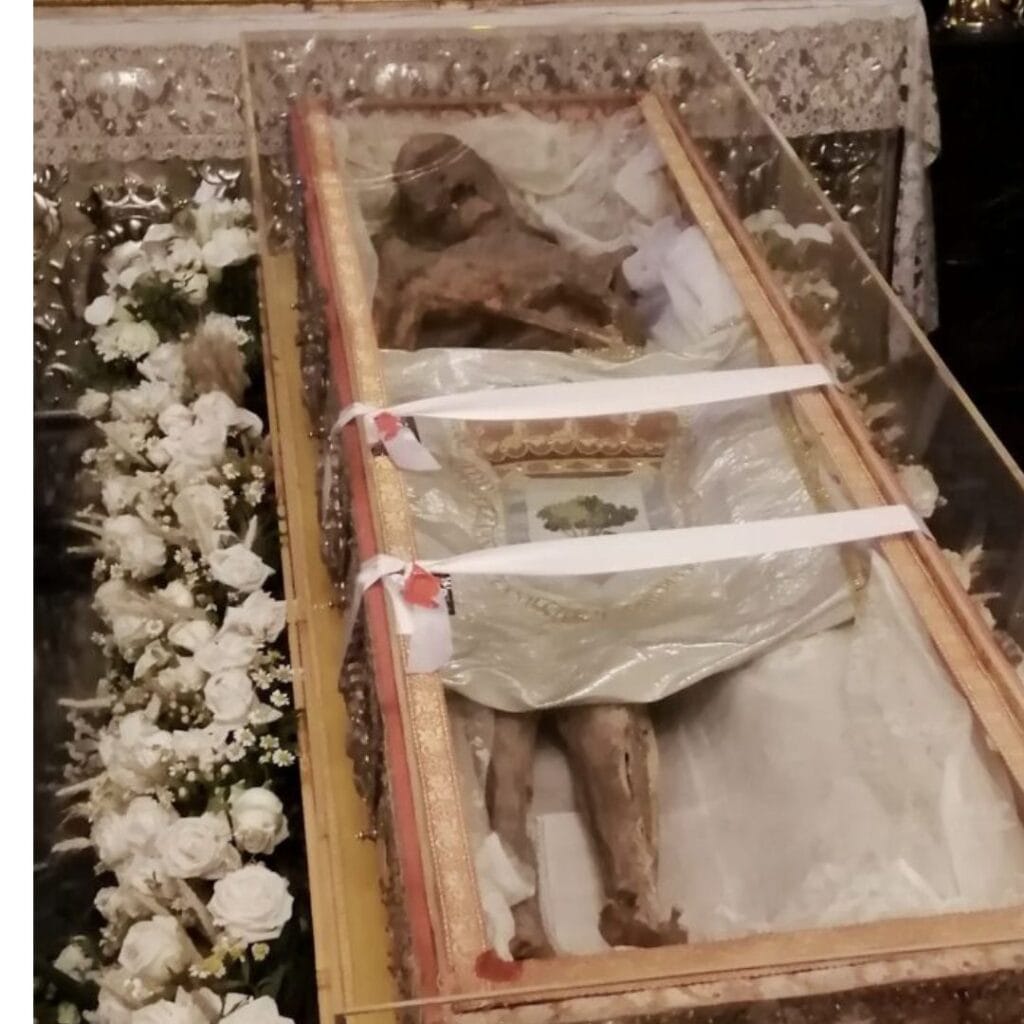
Kept in a coffin with nine locks that only the King holds the key to, when he got his last airing in May 2022 the coffin hadn’t been opened since 1985. Probably all for the best as he’s been knocked about a bit over the years. The body parts of saints have long been coveted for their healing properties and it’s rumoured that a lady in the court of Isabella I of Castille bit off his toe, presumably hoping to obtain some of his powerful juju. Carlos II, the last ruling Hapsburg who suffered from countless ailments (most likely caused by interbreeding) even slept beside the mummy in the hopes it would help him recover.
On the 400th anniversary of his canonization, I went along to take a gander at him myself, joining a huge queue outside the Colegiata de San Isidro. There was quite a festive atmosphere and many took selfies with the corpse! Unfortunately, I spaced out and failed to get a good shot of him before being ushered on so had the pinch the above from Clare Starkie, who writes the excellent history blog Confused Heap of Facts.
Miracles galore!
So why all the fuss? Well, the miracles wrought by Isidro during his long lifetime were pretty impressive. Apparently, he got angels to plough the fields for him, brought forth springs out of parched earth, and conjured food out of thin air. The most popular story about San Isidro is more than a little weird. Supposedly, he was working out in the fields when his wife perhaps suffering from a case of postnatal depression “accidentally” dropped their baby down a well. When he returned home he got down on his knees with his wife and both started to pray. The waters of the well miraculously rose. It’s not known exactly where this well is but the Museo de San Isidro claim they’ve got the authentic one as does the Biblioteca Iván de Vargas nearby. Aesthetically, I prefer the latter.
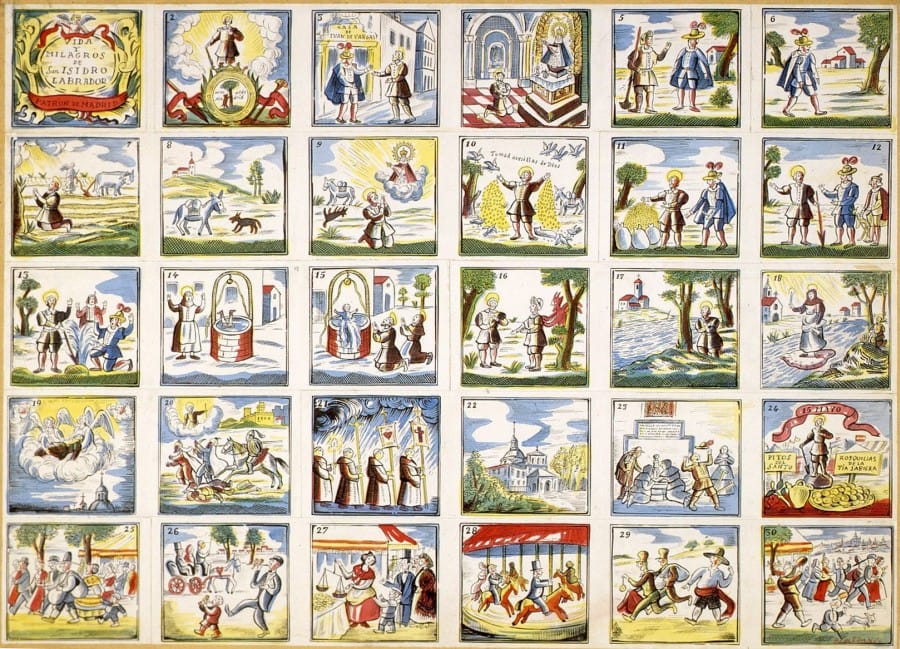
Our knowledge of San Isidro’s life comes from the vanished Codex of San Isidro and a beautiful 13th-century arc that has been on display in the Almudena Cathedral since the 400th anniversary of his canonization. It’s well worth visiting the cathedral to take a look as it’s a beautiful object: the Mudéjar artwork on the sides illustrates the miracles he performed, showing exactly why he’s a character you’d want to align yourself with in a fix!
In my own small way, I’m linked to the saint himself as Isidro also happens to be my husband’s surname; a name the family was forced to take after the Reconquista by the Catholic kings when all Jews had to convert to Christianity or be kicked out of Spain. To demonstrate their new Christian identities these families were given the surnames of saints, surnames that nevertheless marked them out as former Jews.
Convert to Christianity?
There’s good scientific evidence to back up the theory that San Isidro himself was a convert to Christianity. During his latest unveiling, scientists from the faculty of medicine at Complutense University scanned his skull in order to reconstruct his facial features. The results showed a mixture of Caucasian and African features that indicated he could possibly have been of Berber descent indicating that he could well have been Muslim before the Christians took over.

Fiestas of San Isidro
San Isidro’s canonization 400 years ago came just before the official inauguration of Plaza Mayor on May 15 1622 and the city has been celebrating the occasion ever since. The party is spread over the city but the main venues are Plaza Mayor, Pradera de San Isidro, Matadero and Jardín de las Vistillas. All stops are pulled out as this is Madrid’s biggest annual celebration.

How to celebrate like a Madrileño
If you want to join in the fun, you’ll first need to get yourself kitted out as a chulapo or chulapa. The chulapas sport colourful spotted dresses and wear a red carnation in their hair while the chulapos pop a carnation in the buttonhole of their chequered waistcoats and wear a chequered cap to match. Chulapas then literally take chulapos for a spin while dancing the chotis. Here’s a little video below of how it’s done.
Food is another important factor and there’s lots on offer from roscones de San Isidro – a kind of hard doughnut covered in icing – to deep-fried gallinejas (lamb’s innards). It’s also useful to know that the strict rules on street drinking are waived in festival areas, meaning you won’t get slapped with a huge 600 euro fine for opening up a can of beer in public.
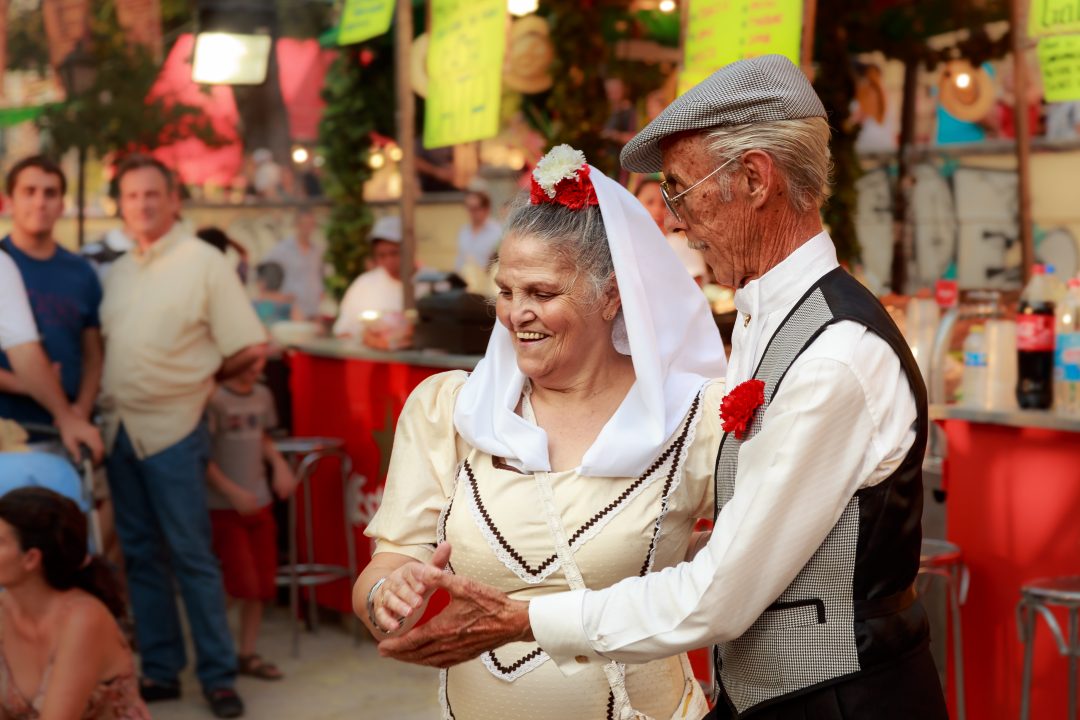
My favourite part of San Isidro, however, is the live music. In Matadero, there’s usually some great contemporary live music to see while over in Plaza Mayor, the symphonic orchestra plays traditional numbers including zarzuela numbers – if you want to read about Spain’s answer to opera, check out the piece I wrote for the FT recently. The full programme can be downloaded from the Ayuntamiento website. Whatever you decide to do, with spring fully underway and happy Madrileños filling the streets, it’s a marvellous time of year!
Keen to find out more about the history of Madrid? See another side of the city with one of my unique walking tours.


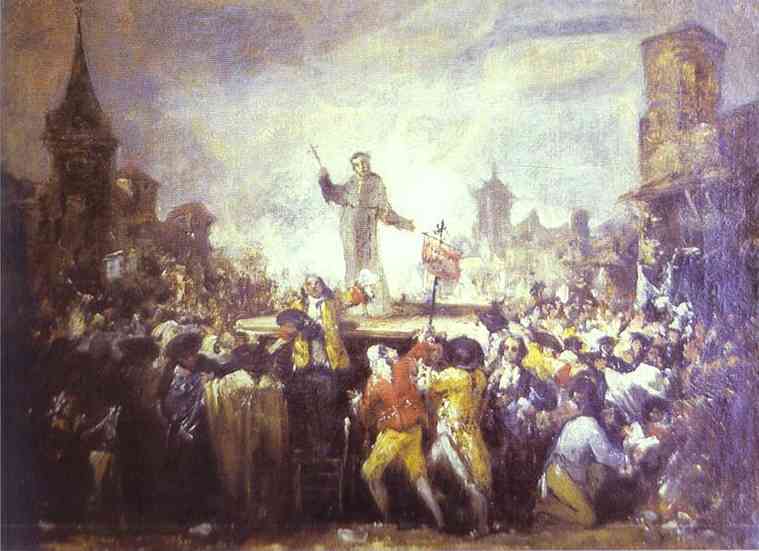
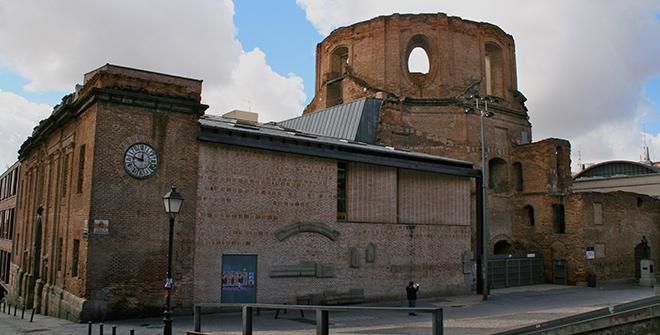
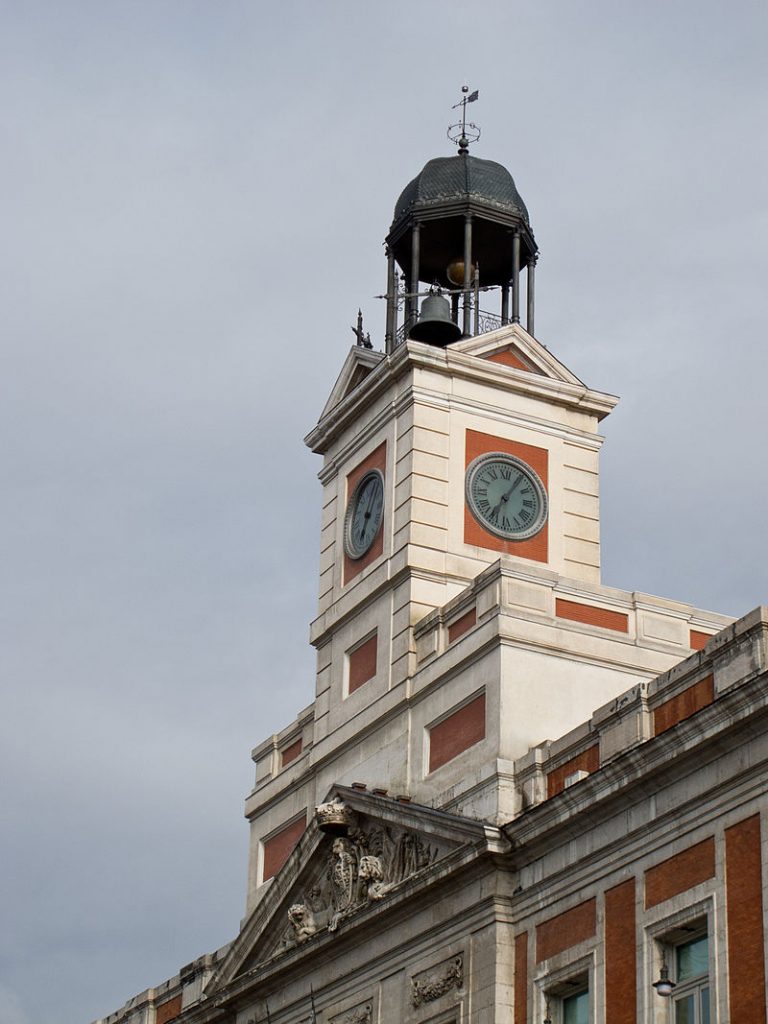
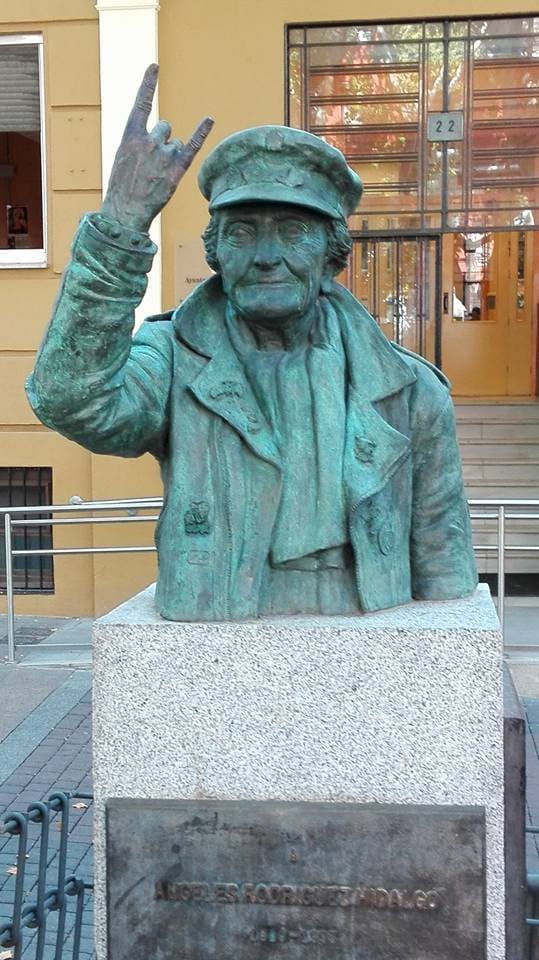
Pingback: Ten Truly Madrileño Terms - The Making of Madrid
Pingback: Three Museums that Reveal Madrid Through the Ages - The Making of Madrid
Pingback: Plaza de la Cebada: a Grotesque Reshaping of a Historic Square - The Making of Madrid